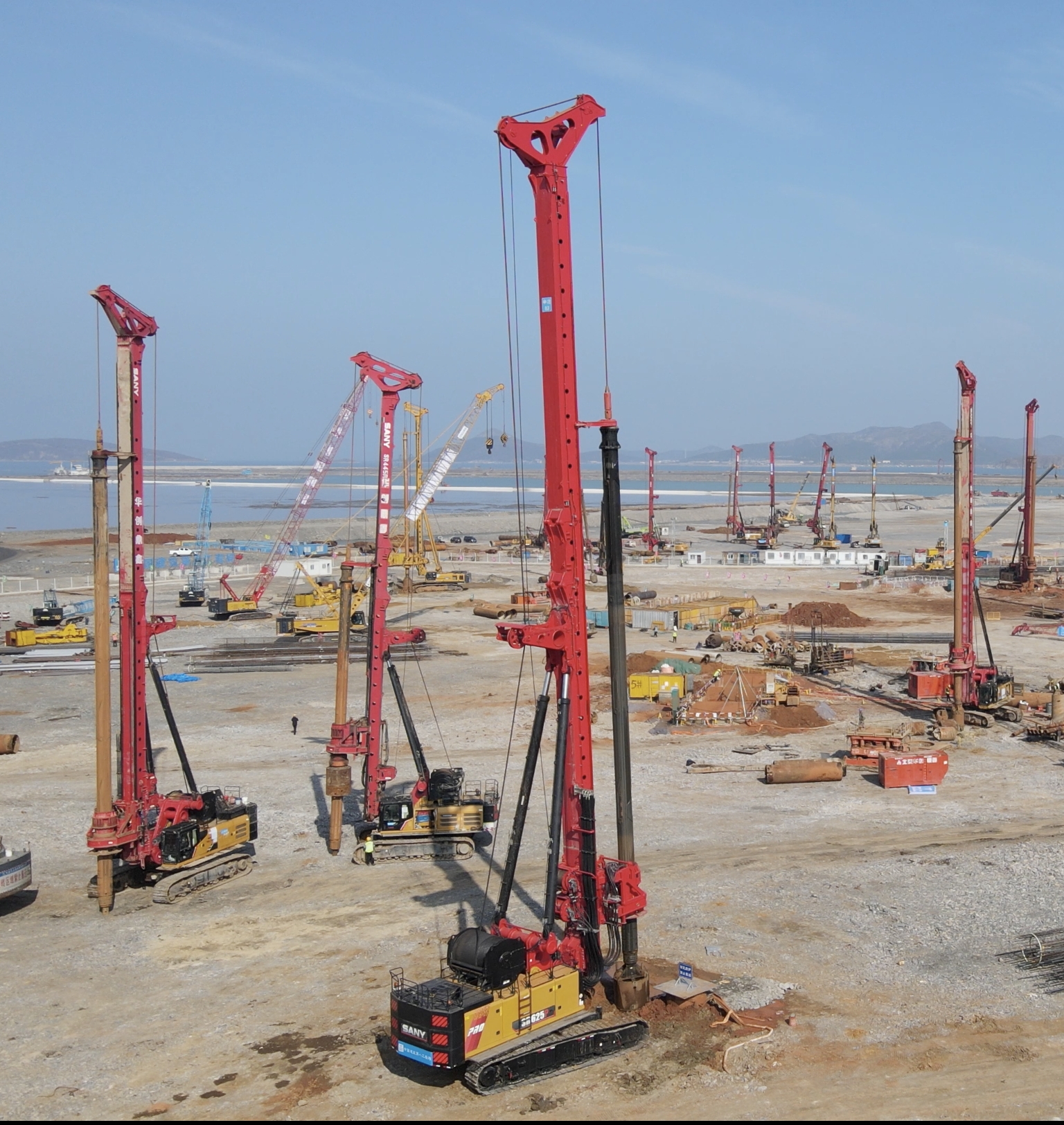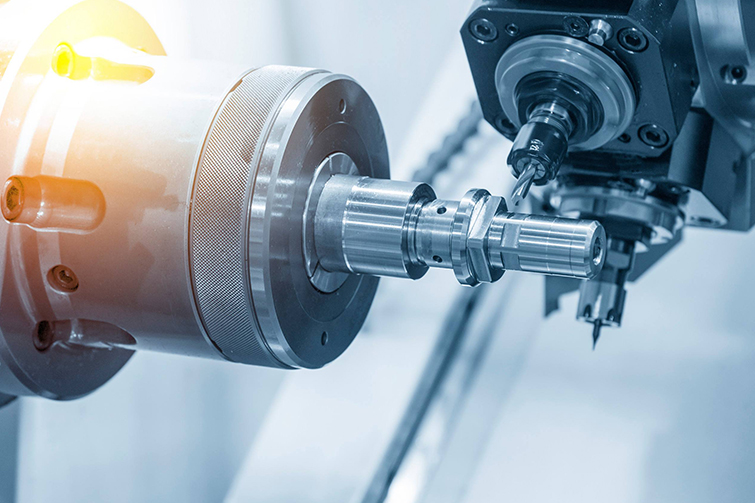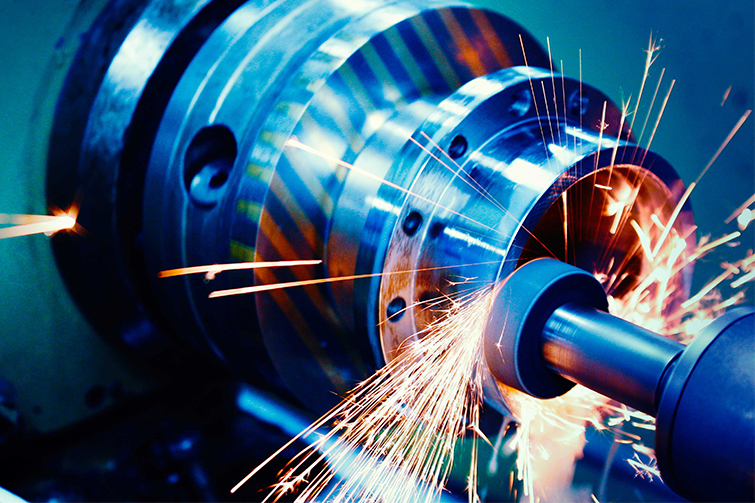

Innovations and Trends in the Malaysia No-Dig Exhibition: A Technical Overview

Introduction to Trenchless Technology
Trenchless technology, a method of installing, repairing, or replacing underground infrastructure with minimal surface disruption, has revolutionized the construction and utility sectors. The Malaysia No-Dig Exhibition serves as a premier platform for showcasing these advancements, bringing together industry leaders, innovators, and professionals.
Key Innovations Showcased
Among the standout innovations were advanced directional drilling equipment, pipe bursting techniques, and cured-in-place pipe (CIPP) lining solutions. These technologies not only enhance efficiency but also significantly reduce environmental impact, aligning with global sustainability goals.
Trends Shaping the Future
A notable trend is the increasing integration of digital tools, such as GIS mapping and 3D modeling, to plan and execute projects with unprecedented precision. Additionally, the adoption of eco-friendly materials underscores the industry's commitment to environmental stewardship.
Technical Advancements and Their Implications
The exhibition highlighted several technical advancements, including robotic cutters for pipe rehabilitation and high-density polyethylene (HDPE) pipes for durability. These innovations promise to lower costs, extend infrastructure lifespan, and minimize maintenance needs.
Frequently Asked Questions
What is the significance of the Malaysia No-Dig Exhibition?The exhibition is crucial for professionals seeking to stay abreast of the latest trenchless technology innovations, network with peers, and discover solutions to common industry challenges.
How does trenchless technology benefit the environment?By minimizing surface disruption and reducing the need for excavation, trenchless technology significantly lowers carbon emissions and preserves natural landscapes, contributing to environmental conservation.
Are there any limitations to trenchless technology?While trenchless methods offer numerous advantages, they may not be suitable for all soil types or project scopes. Professional assessment is essential to determine the most appropriate technique.








